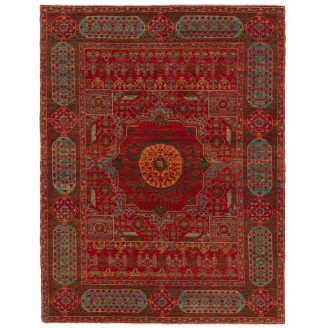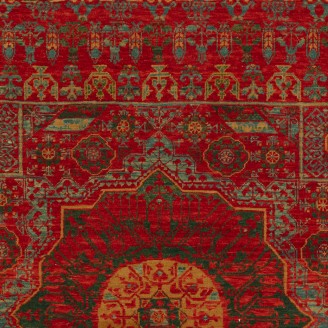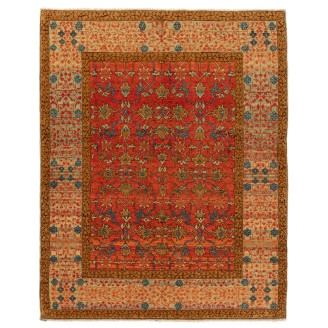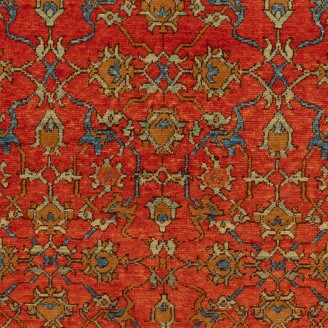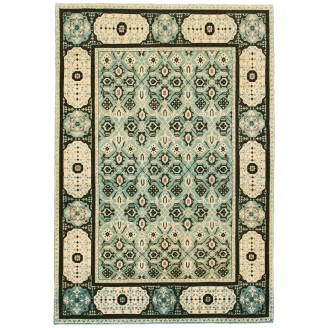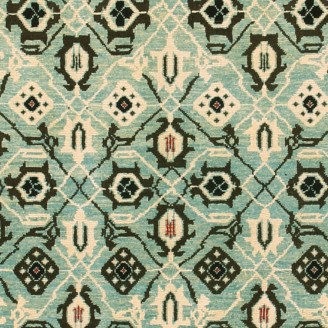Mamluk Rug with Central Star
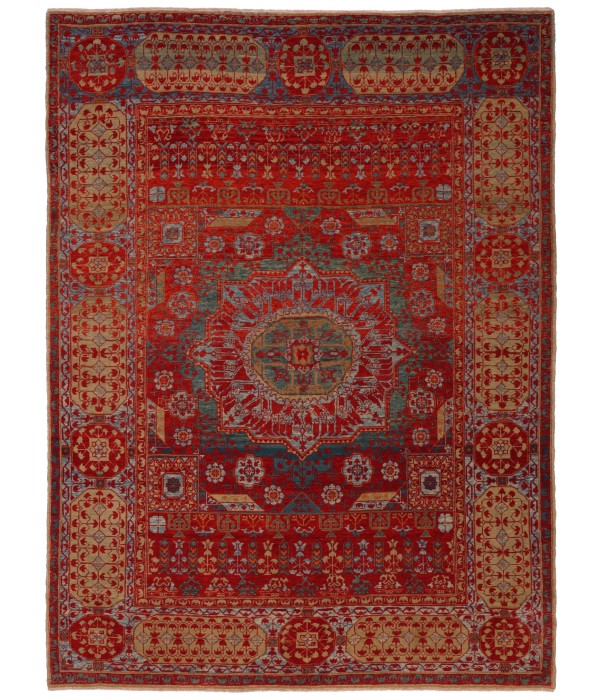
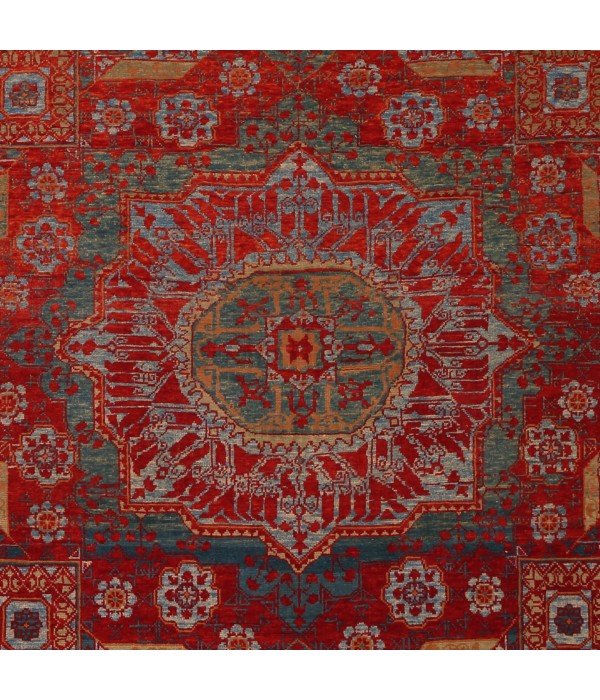
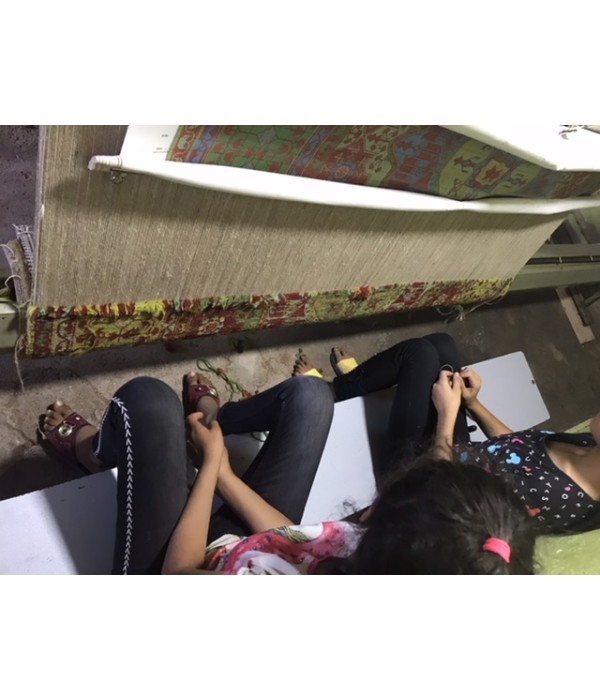
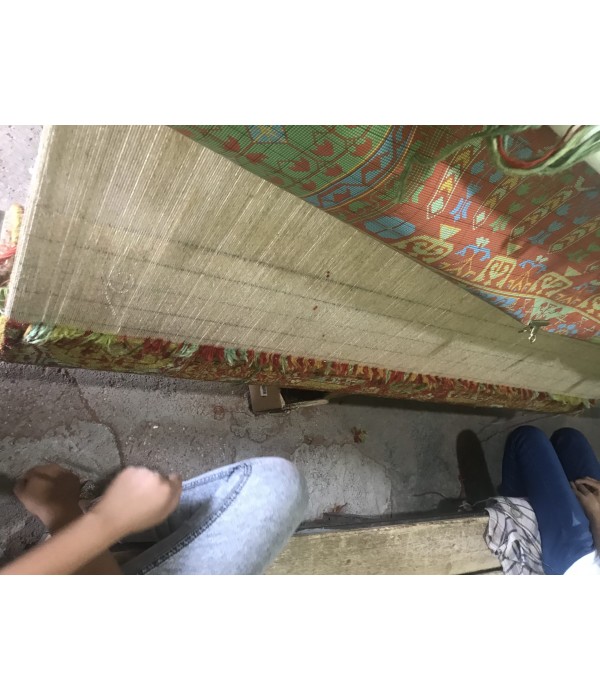
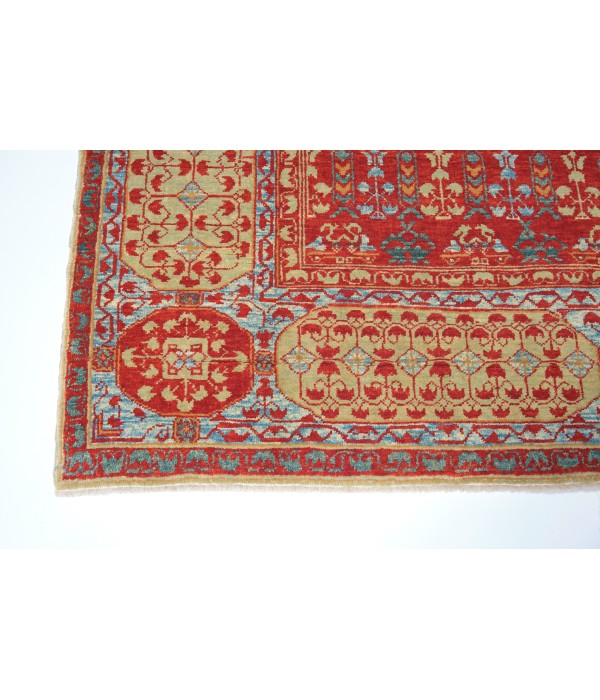
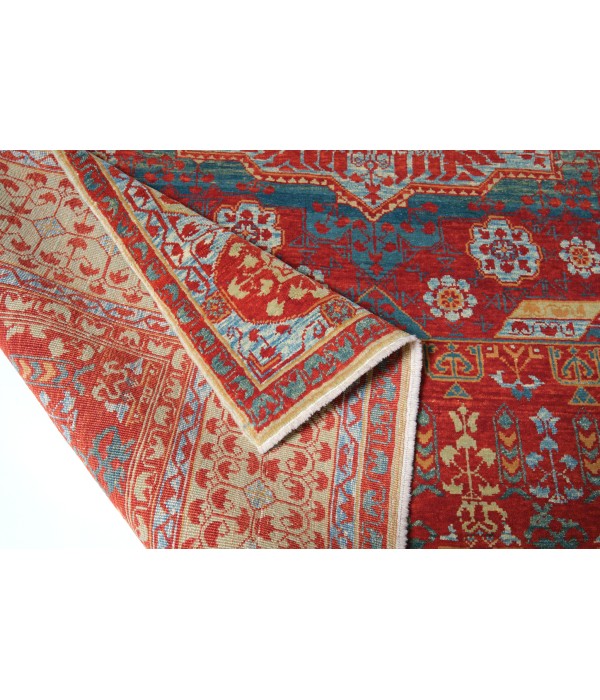
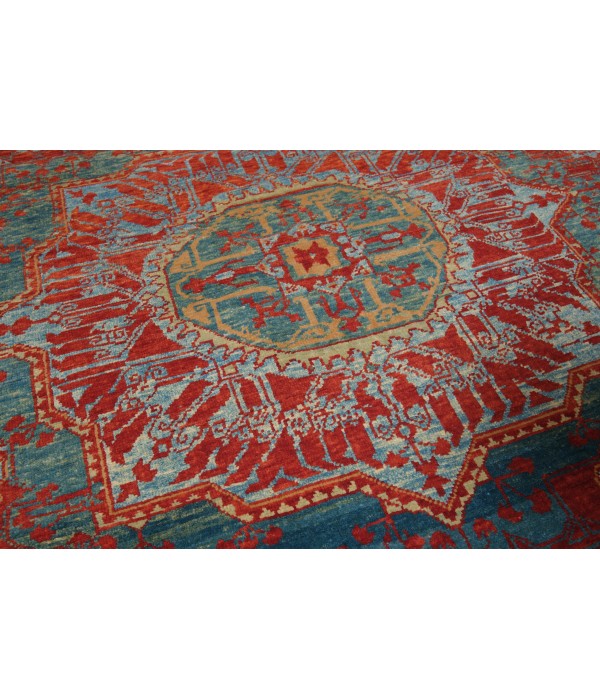
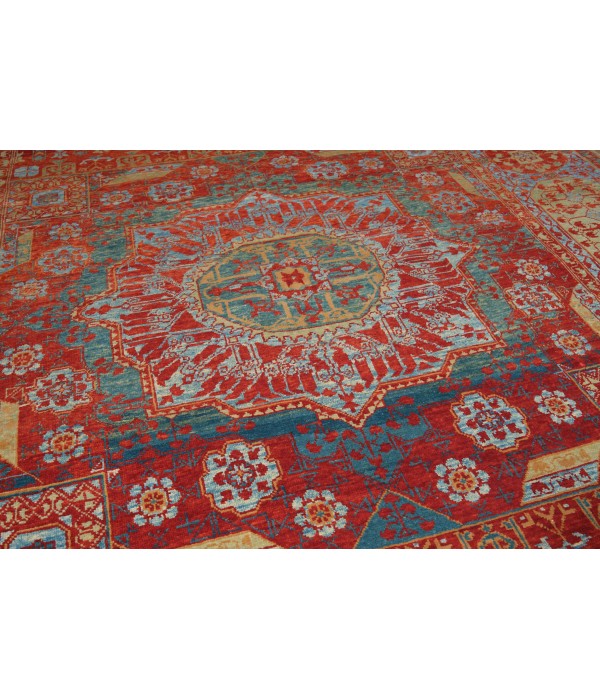
Out Of Stock
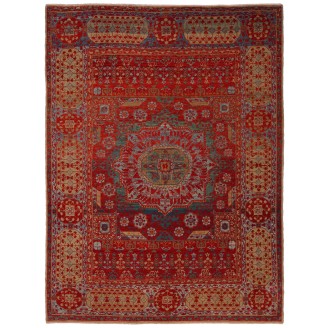
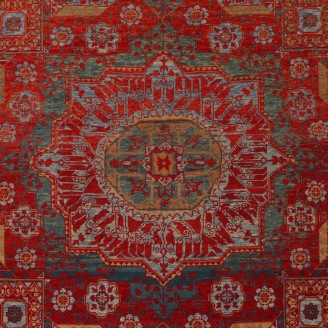
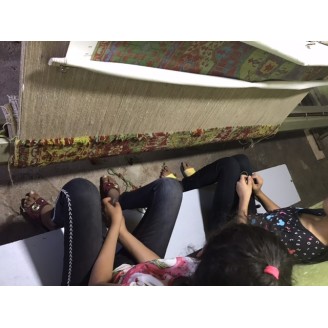
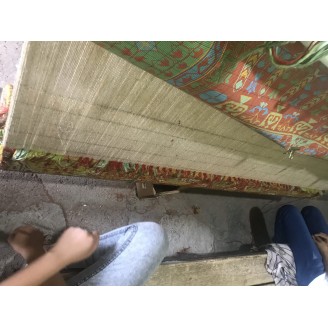
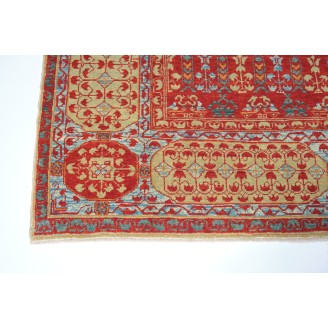
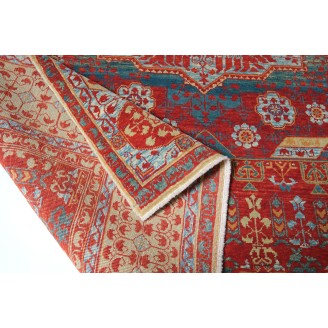
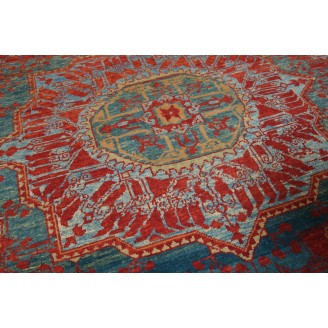
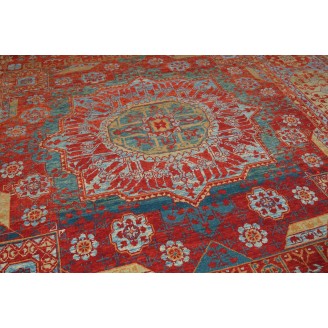
Model: ART00056Mamluk Rug with Central Star
Group: Islamic Rugs Family
Area: Mamluk
Material of Pile: Natural Dyed Hand-spun Wool
Material Warp / Weft: Wool on Wool
Structure: Symmetrical knot on depressed warp inclining to the right
Knots Density: 39x39
Pile (mm): 3
Production Place: Southeastern Anatolia – Diyarbakir - Derviş Hasan
Weight: 14.00kg
Location: Tokyo
Stock: Out Of Stock
Dimensions:
The source of the rug comes from the book Renaissance of Islam, Art of the Mamluks, Esin Atil, Smithsonian Institution Press, Washington D.C., 1981 nr.127. This rug with the central star was designed in the early 16th-century rug by Mamluk Sultane of Cairo, Egypt. It is exhibited at the Washington D.C. The Textile Museum, R.16.2.3 . The brilliant reds, greens, and blues found on the earlier Mamluk rugs were later enhanced by the addition of other colors, such as brown and yellow, as seen in this example. The layout of this rug contains a geometric pattern based on multiples of eight. The octagon, which is more prominent in the other rugs, has blended with the encircling triangles to become a sixteen. pointed star. The central square and transverse. bands share red ground, the upper and lower portions distinguishable only by the variation in motifs and surface colors. The main theme of the central square is a sixteen-pointed star with red lancet leaves on blue ground. The yellow medallion in the middle is filled with red and green flowers, which form a double quatrefoil around an eight-pointed star; this star encloses an identical element, in the core of which is a multipetaled rosette surrounded by a diamond in a square. The sixteen-pointed star is encircled by a green band that has eight arms with lobed medallions inserted between them. Sixteen polygons interspersed around the lobed medallions create another sixteen-pointed star, its points cut off by the frame. Square units in the corners, enclosing octagons surrounded by a lattice filled with lotus blossoms, complete the composition. The rectangular bands above and below the central square have three horizontal rows of floral units oriented toward the center. The inner row contains chalicelike plants interspersed with floral units; the middle alternates stylized miniature cypresses with larger papyrus sprays surmounted by lotuses, and the outer row has two types of arabesque cartouches. The blue border is filled with green ovals and red medallions containing the same green or red papyrus sprays and blue lozenges. Additional sprays of red papyrus fill the interstices. The units are framed by a continuous yellow ribbon that loops around the tiny roundels placed on four sides of each medallion. The double guard borders have two types of floral scrolls, rendered in red on blue and green on red. The overall effect of a centrifugal design radiating from the core, its outermost elements cut off by the frame, is strikingly similar to the compositions of manuscript illuminations. The thin ribbon connecting the cartouches and medallions is also seen in contemporary illumination and late-fifteenth-century objects. The peculiar chalicelike plants and the arabesque cartouches used in the transverse bands are found on several Mamluk rugs and appear to be a part of the repertoire of Mamluk weavers. The design of the rug is interpreted by our designers, and the most appropriate colors to match the original is used for this rug.
Color summary: 5 colors in total, most used 4 colors are;
Color summary: 5 colors in total, most used 4 colors are;
- Imperial Red 426 (Madder Root)
- Emerald Green 407 (Chamomile - Indigo)
- Cadet Blue 26 (Spurge - Indigo)
- Emerald Green 407 (Chamomile - Indigo)
Dimensions:
5 ft 6 in x 7 ft 3 in ( 169cm x 222cm )
Price:
$7,400
Ex Tax: $7,400

